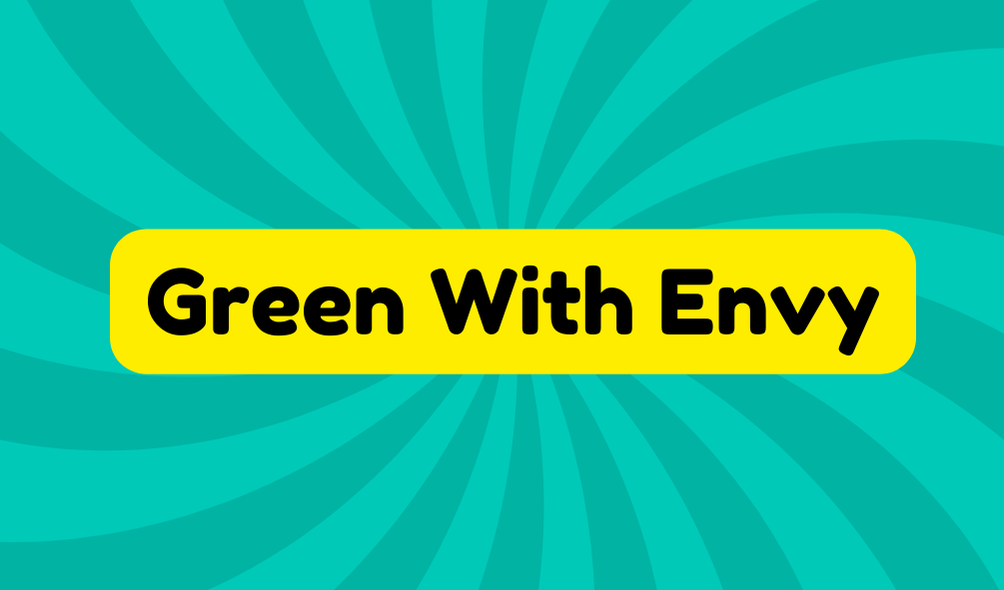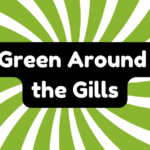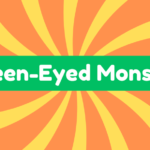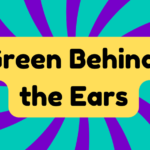The phrase "green with envy" refers to feeling jealous or resentful of someone else's success or possessions. Its origins trace back to ancient Greece, where the color green symbolized jealousy, partly due to the belief that excess bile caused a greenish complexion. Shakespeare popularized the term "green-eyed monster" in "Othello," enhancing its cultural significance. Modern examples include someone feeling envious of a friend's vacation or a colleague's praise. In today's world, social media often amplifies these emotions, impacting relationships. Understanding this phrase encourages self-reflection and empathy, which are essential in steering our increasingly competitive social landscape. More insights await those curious about its implications.
Synonyms
In discussing the concept of envy, it is pertinent to contemplate various synonyms that capture the essence of this emotion. While "envy" itself may dominate the conversation, exploring its alternatives—particularly those related to jealousy—helps to illuminate its complexity. Consider the following envy synonyms and jealousy alternatives that provide nuance:
- Covetousness: A desire for what belongs to another.
- Resentment: A feeling of discontent due to someone's success.
- Grudge: A lingering bitterness towards another's advantages.
Each synonym reinforces the multitudes of feelings associated with envy, showcasing its pervasive nature in human emotion. By analyzing these terms, we unravel layers of meaning that enrich our understanding of these complex feelings rooted in our social interactions.
Example of Sentences
Understanding the complexities of envy can be further illuminated through practical examples. Consider the following instances that showcase how expressing jealousy can manifest in daily life:
- Jake felt a twinge of envy when his colleague received praise for a project he had secretly worked on.
- Lisa was green with envy at her friend's luxurious vacation, wishing for similar experiences she felt she deserved.
- During a family gathering, noticeable envy emerged when one cousin showcased her new promotion, overshadowing the others' achievements.
These examples of envy reveal the emotional struggles individuals face. By acknowledging these sentiments, one can better navigate relationships and develop empathy toward others' successes, rather than allowing jealousy to dictate reactions.
Origin
Historically, the association of color with emotions has frequently highlighted jealousy and envy, particularly through the Greek connection between a green complexion and these feelings. Ancient interpretations suggested that an excess of bile could lead to a greenish hue and consequently evoke emotions like jealousy. This physiological response laid the groundwork for the modern idiom. Importantly, William Shakespeare popularized this notion in "Othello," where he famously warned, "Beware, my lord, of jealousy; it is the green-eyed monster." Such historical interpretations underscore how deeply rooted the concept of envy is within human culture. While some view the idea of "green with envy" as merely colorful language, it reveals a lasting truth about jealousy origins, illustrating the complex interplay between emotion, symbolism, and cultural understanding.
Collocations
Building on the historical context of envy, the term "green with envy" often appears alongside various collocations that capture its emotional intensity. Understanding these combinations helps reveal the underlying jealousy expressions and emotional triggers that dominate human experiences. Three notable collocations include:
- Green-eyed monster – A powerful metaphor illustrating the destructive nature of jealousy.
- Feelings of envy – A phrase that encapsulates the complex emotions associated with seeing others achieve what we desire.
- Shooting daggers – This expression metaphorically portrays the intense feelings of envy that can ignite interpersonal conflict.
These collocations serve as reminders of the nuanced nature of envy, urging individuals to reflect critically on their emotions and the societal influences that can amplify these jealousy expressions.
How to Use in Everyday Language
The phrase "green with envy" is commonly used in everyday language to succinctly convey feelings of jealousy or resentment towards someone else's success or possessions. In casual conversations, individuals often refer to this expression when discussing their friends' achievements, like new jobs or relationships, revealing emotional responses that are all too human. While this idiom provides a colorful way to address envy, its frequent use may inadvertently trivialize deeper feelings. In aiming for more innovative expressions, consider alternatives that reflect a desire for personal growth rather than mere jealousy. By acknowledging the context behind "green with envy," one can foster more meaningful dialogue about emotions in everyday expressions, promoting understanding instead of perpetuating superficial sentiments.
Why Is It Still Relevant Today?
The phrase "green with envy" remains relevant today as it encapsulates a universal human emotion that transcends time and culture. In an era marked by rapid cultural evolution and social media, feelings of envy become magnified, shaping our emotional expression. The visibility of others' successes and possessions fosters comparison, often leading to heightened jealousy. This phenomenon compels us to critically examine the impact of envy on personal relationships and mental well-being. Additionally, the idiom serves as a reminder of the age-old struggle with envy, urging individuals to confront this emotion constructively. Yet, while acknowledging its relevance, we must also explore healthier ways to navigate envy, fostering a society that promotes empathy over competition. Consequently, the idiom remains timely and thought-provoking.
Frequently Asked Questions
What Are Common Signs of Feeling Envious?
As shadows cast over joy, common signs of feeling envious manifest through jealous behavior, such as negative remarks, social withdrawal, or obsessive comparisons. Recognizing envy triggers is essential in fostering personal growth and healthier relationships.
How Can Envy Affect Personal Relationships?
Envy profoundly affects personal relationships, often manifesting in jealous rivalries that undermine trust and communication. The emotional impact can lead to resentment, alienation, and hindered collaboration, ultimately compromising the potential for innovative, supportive interactions.
Is Envy Always a Negative Emotion?
Research indicates that 70% of individuals experience envy at some point. While often perceived negatively, envy can foster healthy competition and drive innovation, especially when effectively managed by adjusting expectations and channeling emotions productively.
Can Envy Motivate Positive Change in Someone?
Envy can indeed serve as a motivation for positive change, driving individuals to aspire for greater achievements and personal growth. By channeling feelings of envy constructively, one can transform it into a catalyst for innovation and improvement.
How Can I Overcome Feelings of Envy?
To overcome feelings of envy, engage in self-reflection techniques to identify underlying triggers, and practice gratitude by recognizing personal achievements and strengths. This dual approach fosters a positive mindset and encourages personal growth and innovation.







